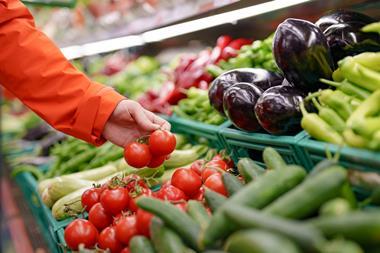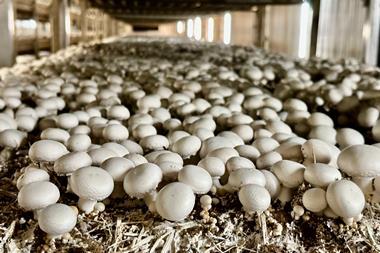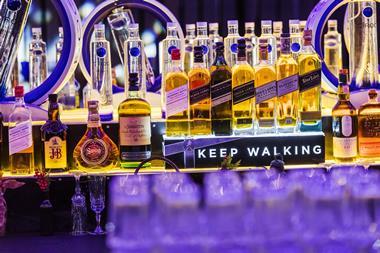Rising competition for premium varieties
Difficult times for NZ growers
Confirmation that New Zealand growers experienced one of the most difficult and frustrating years in the industry's history has been underlined in the Apple and Pear Marketing Board's annual report.
Total exports rose to 17.6 million 18kg tray carton equivalents in 1999, an increase of 3.7 million over the previous season, but total grower payments averaged NZ$10.96 per TCE compared with NZ$14.49 in 1998. Total revenue was NZ$536.6m compared with NZ$535.3m the previous year.
The selling price for fruit was 22% down because there were quality problems leading to rejection, and the industry had to face numerous competitive forces.
These included a late finish and early start of the EU apple crop, a bumper stone fruit harvest, and 100,000 more cartons of apples from other southern hemisphere suppliers.
Brazil increased its exports from virtually nothing to three million cartons, and Chile was up significantly.
The UK imported the largest New Zealand volume in three years, although no final figure is provided.
But virtually every major New Zealand variety faced problems. Cox were soft, there was overmaturity in both Royal Gala as well as Braeburn, which accounts for 40% of the crop, and rots in Fuji and Pacific Rose.
It became increasingly difficult to find niche markets for Brookfield and Galaxy. Some fruit was sold at less than £10 per TCE throughout the season.
Increased competition was compounded by the fact many of the varieties originally discovered in New Zealand are now in major production elsewhere, often being grown more cheaply, consequently reducing the value of what was once a premium priced fruit. Constant New Zealand promotions soon lost their novelty value.
{{FRESH PRODUCE }}
Close menu
- Home
- Retail & Wholesale
-
Products & Suppliers
- Back to parent navigation item
- Products & Suppliers
-
Product Categories:
- Back to parent navigation item
- Product Categories:
- Alcoholic drinks
- Bakery
- Cereals & breakfast
- Cheese
- Chicken & poultry
- Chocolate
- Confectionery
- Crisps, nuts & snacks
- Dairy
- Fish
- Fresh produce
- Frozen
- Household
- Meat
- Own Label
- Sauces & condiments
- Seasonal
- Soft drinks
- Vaping
- Vegan & plant-based
- World foods
- Suppliers
- People
- Reports & Data
-
Topics A-Z
- Back to parent navigation item
- Topics A-Z
-
Popular topics:
- Back to parent navigation item
- Popular topics:
- Cost of living crisis
- Crime
- Deposit Return Schemes
- Finance
- Government & Regulation
- Health
- Inflation
- Loyalty
- Marketing
- Mergers & Acquisitions
- New Product Development
- Sourcing
- Supply chain
- Sustainability & environment
- Technology
- Ultra Processed Foods
- Vaping
- A-Z all topics
- Content by type:
- Events
- Subscribe now
Sign in to comment on this article
Not logged in before? Register for FREE guest access today.
You will be able to:
- Read more stories
- Receive daily newsletters
- Comment on stories
Advert
















No comments yet